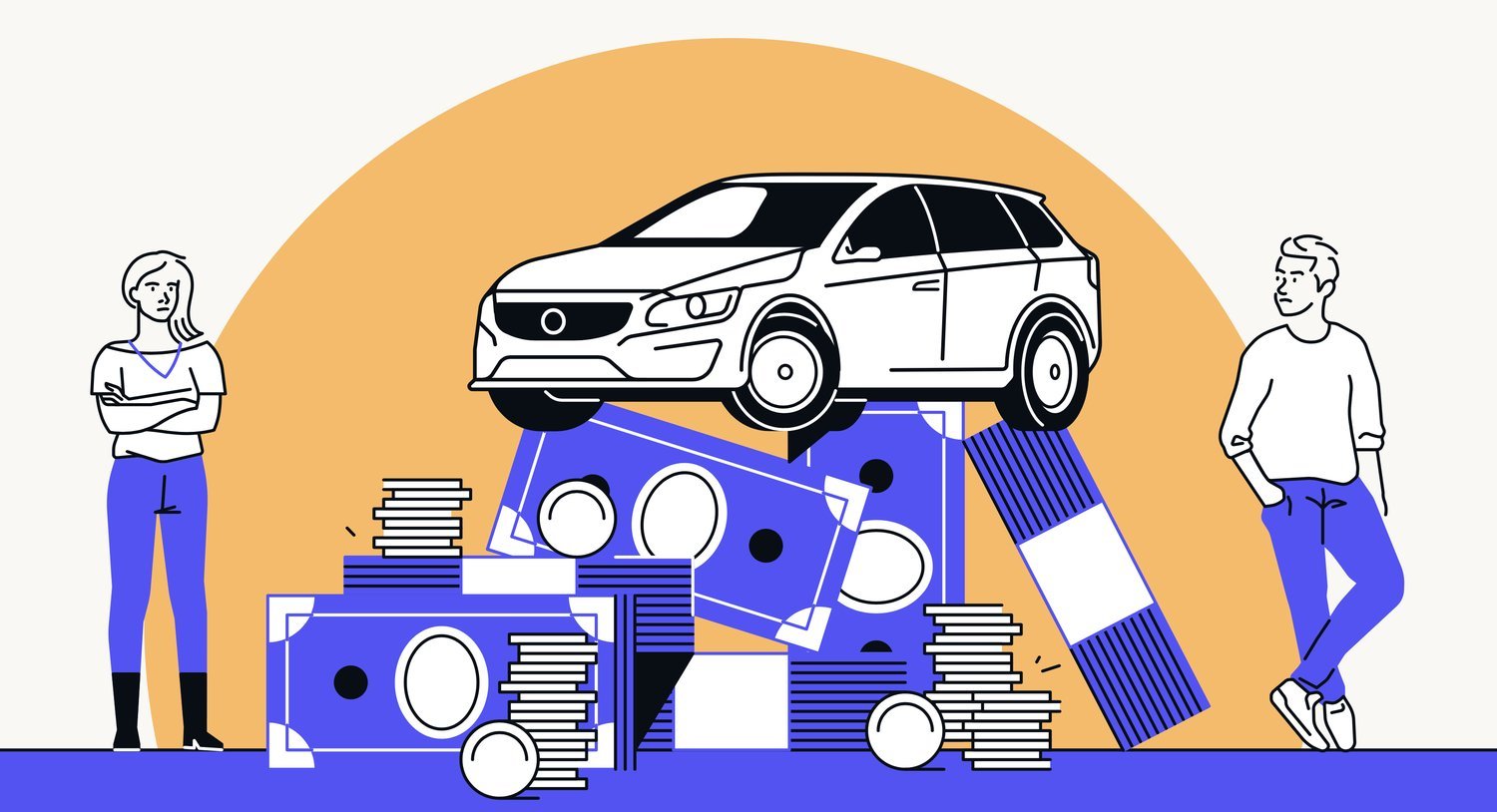Buying car insurance can be a complex process, but avoiding certain mistakes can make it much easier and more cost-effective. Here are the top seven mistakes you should avoid when purchasing your next auto insurance policy.
8 mistakes to avoid when buying car insurance

Table of contents:
1. Not knowing what kind of coverage you need
Many people make the insurance mistake of not knowing what kind of coverage they need, leading to either too much or not enough coverage. Insufficient coverage can leave you financially exposed in case of an accident, while excessive coverage results in unnecessary expenses. It’s vital to assess your driving habits and driving record, the value of your car and your financial capability to determine the right coverage for you.
Moreover, keep in mind that different types of coverage protect against various risks. For instance, liability coverage protects against damages to other people’s property or injuries you cause, while comprehensive insurance covers non-collision-related damage to your vehicle.
Understanding these differences will help you find the car insurance coverage that suits your needs. Remember that your coverage needs may change over time. Regularly reviewing your policy ensures it remains relevant to your current insurance needs.
2. Providing false information on your application
Misrepresenting information on your insurance application is another common mistake. This includes providing incorrect information about your driving history, the number of miles you drive annually or where you park your car at night. While these inaccuracies might initially lower your insurance costs, they can lead to severe consequences.
If an insurance company discovers you’ve provided false information, it may lead to an increase in your premiums retroactively or even the cancellation of your policy. And if you’re involved in a car accident, the insurance company might refuse to cover the claim.
Honesty is the best policy when purchasing car insurance. Provide accurate and complete information to avoid complications later on. If your circumstances change after buying the insurance, such as moving to a new address or getting a new job, inform your insurance provider as soon as possible.
3. Not comparing rates
Another common blunder is failing to compare rates from different car insurance companies is a costly error. Many people make the mistake of purchasing a policy from the first insurer they come across or sticking with their current insurer without exploring other options.
Insurance companies use different formulas to calculate car insurance rates, leading to significant price variations for the same coverage. You can compare and choose the best deal by gathering quotes from multiple insurers to find the best insurance premium for your circumstances.
However, don’t make the mistake of focusing solely on price. The cheapest policy may not necessarily offer the best value. Consider the insurance company’s reputation, the quality of their customer service and the terms and conditions of their policy.
4. Overlooking gap insurance
If you’re financing or leasing a new car, it’s essential to consider gap insurance. This type of coverage pays the difference between what you owe on the vehicle and its depreciated value if it’s totaled in an accident.
Without gap insurance, you might end up owing more on your car loan or lease than the insurance payout if your car is totaled or stolen. Unfortunately, many people overlook this coverage, leaving them financially vulnerable.
Keep in mind that not all insurance companies offer gap insurance, and those that do might only offer it for new cars. When shopping for car insurance, ask your insurance agent whether they provide this coverage.
5. Buying state-required minimum coverage
While buying state-required minimum coverage can save you money in the short term, it can cost you more in the long run. In many states, the minimum coverage requirements are relatively low and might not fully cover the costs if you’re at fault in an accident.
For instance, if you cause an accident resulting in $50,000 worth of damage, but your policy only covers $25,000, you’ll be responsible for the remaining $25,000 out of pocket. Therefore, consider purchasing more than the minimum required coverage to protect yourself financially.
Additionally, remember that state-required minimum coverage typically only includes liability insurance. It doesn’t cover damage to your car from an accident, theft or other perils. For comprehensive protection, you might need to add collision and comprehensive coverage to your policy.
6. Neglecting to add a teen driver
Many parents make the mistake of not adding their teen drivers to their car insurance policy. While adding a teen driver will likely increase your premiums due to their higher risk profile, it’s crucial for protecting your finances.
If your teen causes an accident and isn’t listed on your policy, your insurance company will refuse to cover the claim. This could leave you responsible for potentially thousands of dollars in damages.
To manage the cost of adding a teen driver, ask your insurance company about discounts for good grades or completing a driving education course. Additionally, encouraging your teen to drive safely can help keep premiums down.
7. Opting for minimal coverage to lower costs
While opting for minimal coverage can lower your premiums, it often isn’t enough to fully protect you in the event of an accident. If you cause an accident, minimal coverage might not be sufficient to cover the damages, leaving you to pay out of pocket.
Rather than aiming for the cheapest option, consider what you stand to lose in an accident. If you have significant assets, such as a home or savings, or if your car is valuable, minimal coverage might not be enough.
Balancing cost and coverage is key when buying car insurance. You want to find a policy that provides adequate protection without breaking the bank. Consider your unique needs and financial situation to determine the right level of coverage for you.
Wrapping up
Avoiding these seven common mistakes can help you get the right coverage at the right price. Do your research, compare different options and consider your unique needs when buying car insurance.


